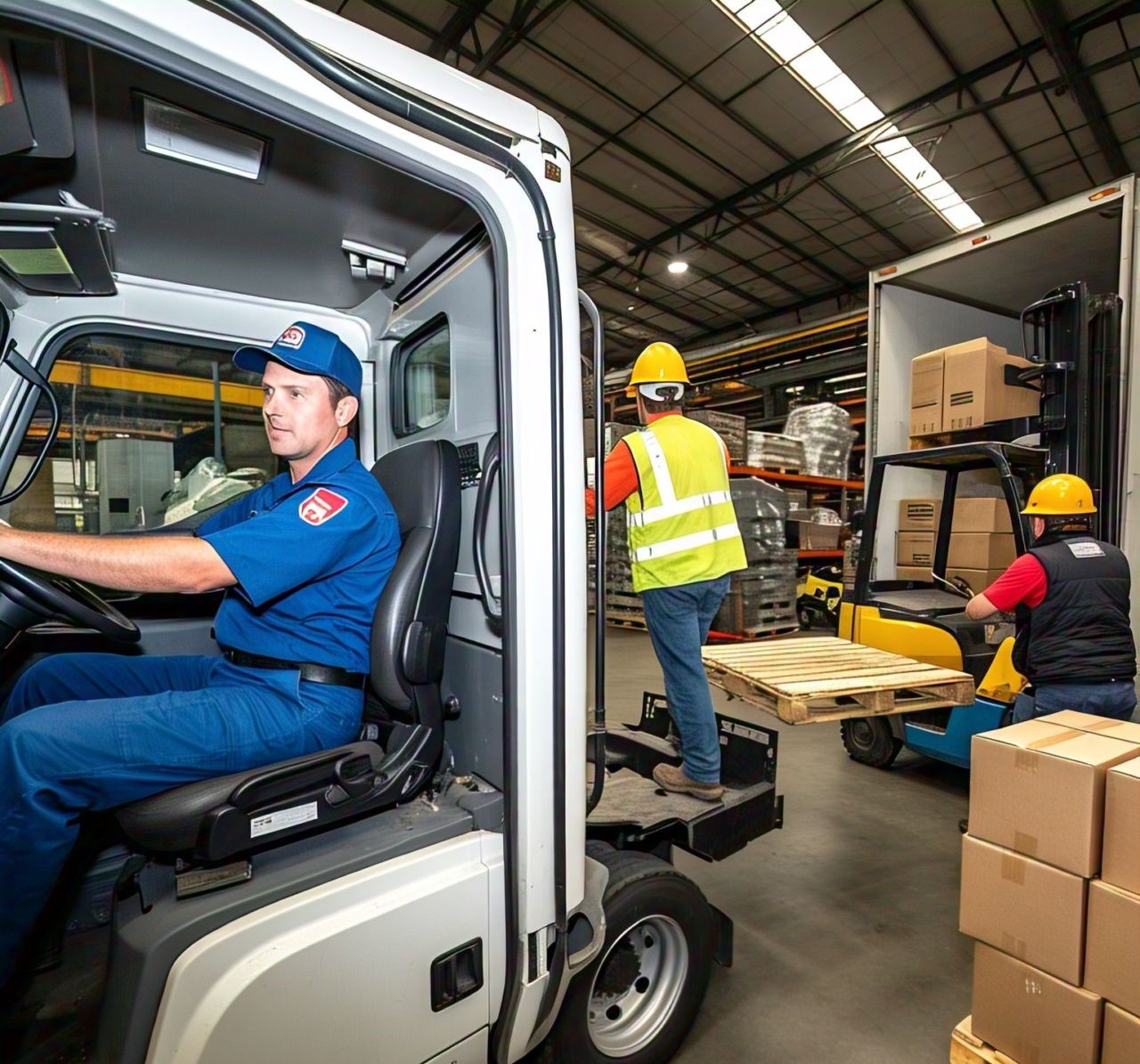If you’re looking for a fresh start, Canada has grown in popularity. But before you can do anything, you must have a visa for Canada. It is a formal permit issued by her government to let foreign nationals into the nation for a variety of reasons, including visiting, working, studying, or having a family reunion.
While acquiring a visa might be nerve-wracking, we have put together some of the quickest ways to get a Canadian visa without working yourself up.
This post will hence concentrate on this advice and these ideas. It will also cover the basic paths that are accessible. With the right information, the immigration process may be a straightforward and manageable endeavor, even if it appears to be difficult.
The Different Types of Canadian Visas You Can Apply For
1. Visitor Visa
This visa is meant for those who desire to visit Canada for vacation, business, or to see friends and family. Although stays of up to six months are generally approved, extensions may be granted in specific circumstances. Focus on demonstrating your strong ties to your home country and providing convincing proof of sufficient financial resources to finance your whole stay in Canada. Create a detailed vacation agenda that highlights your desired activities to boost your application.
Remember that a well-written application emphasizing these crucial criteria will boost your chances of receiving this visa and having a nice time touring Canada.
2. Work Visa
Anyone seeking interesting job opportunities in Canada may apply for a work visa. We’ll look at four main options: working for a well-known Canadian company with a favorable Labour Market Impact Assessment (LMIA); using the Provincial Nominee Programme (PNP); negotiating the Express Entry system; and obtaining specific work permits. Throughout the application process, remember to showcase your unique skills, educational background, and any enticing job opportunities.
Attending job fairs and receiving a job offer from Canada will boost your application, so take advantage of these opportunities whenever possible. You may easily discover your dream job in Canada if you use the right strategy and resources.
3. Study Visa
Designed for prospective students commencing their academic careers at Canadian universities, this program admits applicants who have a valid admission letter, sufficient means to support their study, and no criminal records in their history. To ensure your seat, underline in your application your steady devotion to academic excellence, your cautious money management, and your earnest wish to return home at the end of your term.
4. Express Entry System
A points-based system is a great option for facilitating skilled immigration. This system examines applicants holistically, taking into account their age, work history, education, and language skills, among other factors. But degrees and talents are what truly matter. An applicant’s prospects of receiving an Invitation to Apply (ITA) and perhaps securing residence improve as their score in these categories rises.
5. Super Visa.
The Super Visa program’s target demographic is the parents and grandparents of Canadian citizens or permanent residents. With multiple entries permitted for up to two years per visit, this program allows qualified applicants to visit Canada for extended periods. To be awarded a Super Visa, candidates must demonstrate that they are related to the sponsoring family member.
They must also show that the sponsor can afford to pay for the applicant’s visit and has health insurance that will cover them while in Canada. The program’s primary goal is to facilitate long-term family reunions while monitoring the sponsored person’s well-being while they are visiting.
6. Temporary Residence Permit (TRP)
Those who would not otherwise be authorized to enter Canada but have compelling and urgent reasons to stay can apply for a Temporary Resident Permit (TRP). Depending on the type of TRP, visits are permitted for up to six months. To obtain this permit, you must provide strong evidence of the urgent need for the visit. Additionally, you must provide a clear argument for why the TRP is the greatest immigration option accessible to you.
7. Spousal Sponsorship
You can apply for permanent residency if you have a spouse or partner who is already a Canadian citizen or permanent resident. The aforementioned spouse must sponsor the application, provide proof of their ability to provide financial assistance to the applicant and meet all requirements for three years after the applicant arrives in Canada.
The applicant should be willing to become a permanent resident of Canada and make a positive contribution to society with their spouse.
8. Rural and Northern Immigration Pilot
Through this scheme, persons from small and rural communities can apply for permanent residency and receive vital aid and support as they relocate and integrate into a participating community. To gain permanent residency through this procedure, you must first secure a job offer in your preferred location. This will allow talented individuals to share their abilities and receive the support they need to prosper in their new surroundings.
This plan intends to bridge the opportunity gap between rural and urban communities through reciprocal growth and development.
9. Atlantic Immigration Pilot
In order to address the Atlantic provinces’ special labor demands, this permanent resident visa stream prioritizes candidates who have previously accepted an employment offer from a local enterprise. This visa aims to close labor market shortages and help the long-term economic development of the Atlantic provinces by prioritizing candidates who have found work.
10. Provincial Nominee Program (PNP)
This nomination-driven program offers varied lengths across several provincial contexts, recognizing the unique needs of each region. The application emphasis, which is specially tailored to fulfill provincial standards, ensures a targeted strategy that effectively addresses local issues and generates considerable impact. Essentially, this strategy prioritizes local distinctiveness and specialized solutions, allowing each province to chart its successful course.
11. Family Sponsorship
The goal of this application is to get permanent residency in Canada and to raise close family members who already have Canadian citizenship or permanent residency. The applicant wishes to establish a more permanent presence in Canada and deepen their contact with their loved ones by participating in the family sponsorship program. The major goal is to seek sponsorship from these eligible family members, which will allow them to stay in Canada for an extended period.
12. Caregiver Program
This is an invitation for prospective caregivers to begin their journey toward permanent residency in Canada! This unique program provides bright individuals with an incredible opportunity to apply their abilities in caring for the ailing, elderly, and physically challenged segments of Canadian society. Successful candidates can acquire satisfying jobs as well as the possibility to establish a long-term new residency in this dynamic and welcoming country by demonstrating the appropriate experience and skills.
So, if you have a kind heart and a strong desire to better the lives of others, take this worthwhile step toward becoming a resident of Canada and letting your compassionate nature shine!
13. Self-employed Person Program
Those with the drive and expertise can become permanent residents of Canada by establishing their businesses through the Self-Employed Person Programme visa. Intending to strengthen and revitalize Canada’s cultural and sporting environment, this program is only open to people who are skilled in cultural pursuits or athletics.
Candidates must demonstrate their ability to make a significant impact in their chosen subject. To be eligible, they must have at least two years of relevant experience and score at least 35 points on a complex point system. Your Canadian dream may be within reach if you are a self-motivated individual with a strong love for your trade and a desire to share it with Canada via the Self-Employed Person Program visa.
14. International Experience Canada (IEC).
A program called International Experience Canada, or IEC, allows young people from participating countries to discover the benefits of living and working in Canada. It encourages cross-cultural contact and personal development by offering two years of professional experience, travel, and picturesque exploration of Canada’s natural landscapes.
With limitless opportunities, IEC welcomes those seeking adventure, professional development, or simply a new perspective.
15. Start-up Visa
Entrepreneurs that are ambitious and innovative who wish to implement game-changing ideas in Canada are encouraged to apply for the Start-up Visa program. By attracting these talented individuals, Canada seeks to stimulate economic growth and employment development. Program lengths may vary depending on particular agreements, but in general, the entrepreneur must first apply for a temporary work permit.
With the freedom to start their own business and make a major economic contribution to Canada, people can seek permanent residency after satisfactorily completing their commitments and hitting certain milestones. Applicants must own a recognized firm and carry out their basic civic duties in their home country. They must also demonstrate a strong dedication to a specific board supporting the project and possess a minimum academic qualification.
Understanding the various types of visas will not only help you choose the correct category but will also speed up the application process.
How to Get a Canadian Visa without Travel Agents
People frequently employ visa agents to obtain their Canadian visa since they appear to streamline the entire procedure, as it is their profession. However, you can browse the possessions on your own. We’ve carefully curated a list for you to follow below:
● Check your eligibility status.
The first step in applying for and receiving a Canadian visa is determining your eligibility status. To determine your eligibility status, simply fill out the online questionnaire on the country’s immigration website. The steps for determining your eligibility status are mentioned below:
- After clicking on the website link above, navigate to the immigration tab and click on it.
- It will display a list of possibilities. Things like My Application, Immigration, Visit, and so on. Click on the option that corresponds to the visa you plan to obtain.
- After that, a link that reads “Find out if you are eligible” will appear on your screen; click on it.
Following that, you will be shown a questionnaire that you must complete to assess your qualifying status.
Once you’ve completed the form, you’ll see your results. Afterward, your email will be requested, and documentation containing the visa you are eligible for will be given to you. You must read the documents attentively and save the reference code, as this is what you will use to start your application.
● Start your application
The paperwork supplied to you previously will include instructions on how to obtain your Canadian visa. You can start your application online or in person. The stages for starting your application are described below.
You can begin your application by entering your bank login information (approved by the Canadian government) or by creating a Government of Canada login (GCKey).
After that, enter your reference code and begin the application process for the visa for which you are eligible.
A list of the papers you will give will be displayed to you. You must upload and submit all of them before submitting your application.
Once you have submitted your application and all relevant documents, you will be required to pay costs, which vary depending on the type of visa you are requesting. It varies from CAD 100 to CAD 1,500, depending on the type of visa you are seeking.
It will take approximately 5 working days for your application to appear on your account. If you are applying in person, you will go to the Canadian Embassy in your country and provide the necessary paperwork.
● Processing your Canadian visa.
Furthermore, after submitting your application, your visa processing will take an extra two to three weeks. During the procedure, you may be requested to provide more papers and your biometrics. You will also be scheduled for an interview, which must be conducted in person at the embassy. When this is completed, an Embassy official will assess whether or not you qualify for the visa and will notify you accordingly. All visa-related information will be posted to your account, so check it regularly to stay up to date.
Furthermore, if you receive notification that your application was approved, you will be required to pay visa processing fees, which are separate from application payments. The price varies depending on the sort of visa you are seeking. You will also be required to upload your passport, after which you will get your visa.
However, it is crucial to know that having a passport does not ensure entry into the nation, since you will be needed to show your passport and documents upon arrival. If airport officials believe you are fraudulent or do not follow your visa limitations, you may be denied entry into the country.
Conclusion
The most effective easy ways to get a Canadian visa without paying an agent are those that involve thorough planning, wise use of the tools at your disposal, and a strong case. When you embark on your journey, remember that thorough planning, steadfast attention to detail, and a firm resolve to follow the rules can significantly increase your chances of obtaining a Canadian visa.






